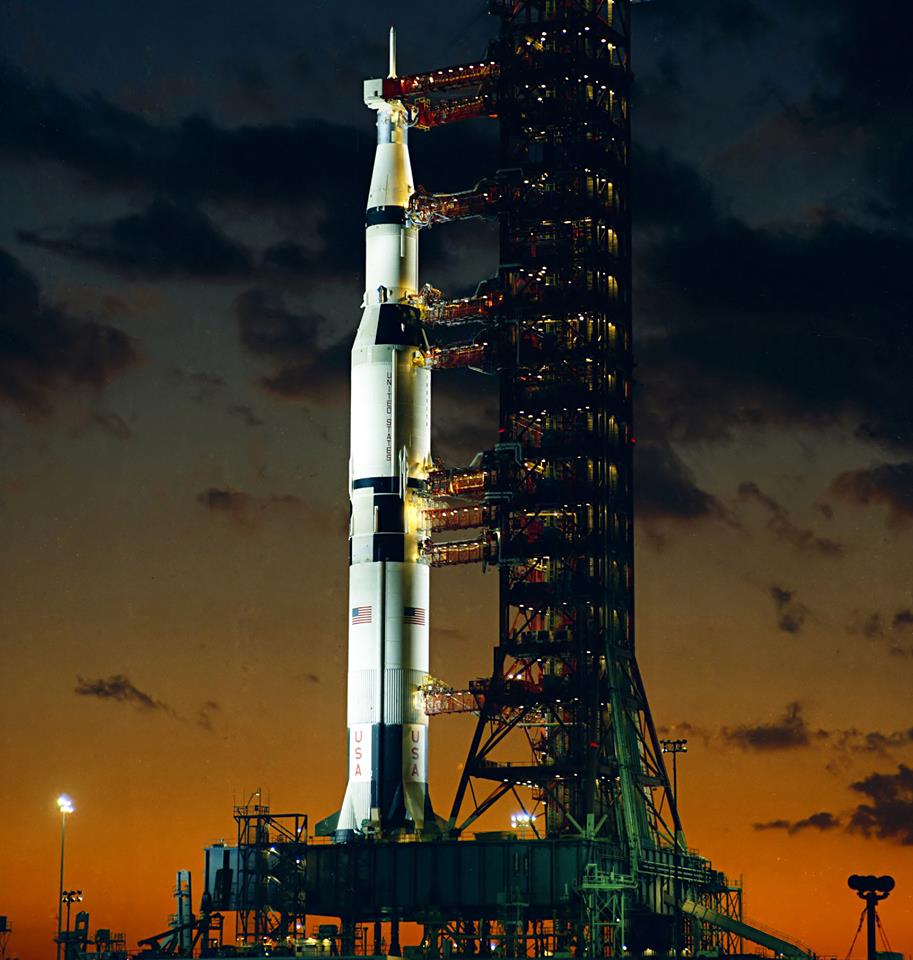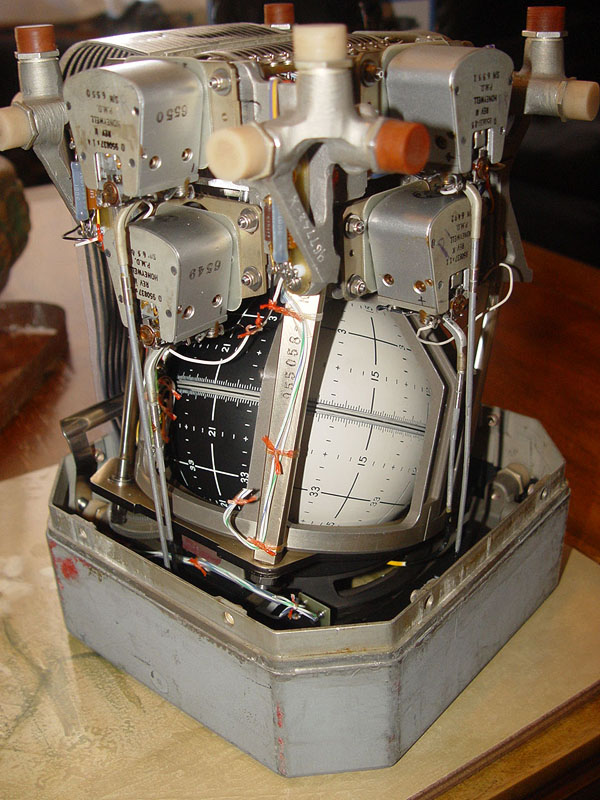Unveiling Apollo’s Lost Secrets: The Discovery into the lost pages of the Manual that described Man’s most incredible Machine.
Welcome, fellow space enthusiasts. Join me on an extraordinary adventure as we unearth hidden treasures from the Apollo Operations Handbook and embark on a quest to preserve the legacy of space exploration.

Exploration Begins:
This week, I delved deeper into the mysteries of the Apollo spacecraft uncovering information lost to neglect until now. My mission: to document every switch, button, and light on the lunar module’s control panel and transform it into an interactive VR tour for eager enthusiasts.
A Revelation Unfolds: Unveiling Apollo’s Lost Secrets
However, my journey took an unexpected turn as I encountered a puzzling anomaly within the Apollo Operations Handbook. Pages were missing, sections misplaced, and vital information seemingly erased or smudged beyond recognition. Yet, amidst these problems, I discovered the missing data and unveiling Apollo’s lost secrets.
The Quest for Knowledge:
Undeterred by the challenges before me, I embarked on a quest to restore the missing pages and uncover the secrets hidden within. With determination as my guide, I scoured the depths of the internet and consulted with fellow space historians in search of the elusive data. And I was successful, but my work is not done.
A Call to Arms:
But I cannot complete this mission alone. I call upon you, fellow space enthusiasts, to join me in my quest for knowledge. By supporting my Patreon page, Spacecraft Interactive Virtual Museum, you not only gain access to exclusive content and updates but also play a vital role in preserving the history of space exploration for generations to come.
A Promise of Discovery:
Together, we can unlock the mysteries of the cosmos and shed light on the darkest corners of the universe. From the lunar module’s control panel to the depths of outer space, our journey is just beginning. Join me, and together, we will write the next chapter in humanity’s epic saga among the stars.
One Small Step for Man
As we gaze up at the night sky, let us remember the brave souls who dared to venture into the unknown, paving the way for future generations of explorers. With your support of Spacecraft Interactive Virtual Museum, we can ensure that their legacy lives on. And we can inspiring countless others to reach for the stars. Thank you for joining me on this incredible journey—a journey that promises to shape the future of space exploration for years to come.
Stay tuned for more cosmic revelations at our Blog. Spacecraft Guide continues to unravel the wonders of space, one switch at a time. Your curiosity drive us to bring the wonders of space to your screens at Blog – Spacecraft Guide.









